Cats are fascinating creatures, known for their mysterious and independent nature. However, as they grow older, many cats exhibit a surprising change in behavior, becoming more affectionate and attached to their human companions. This intriguing transformation is not only heartwarming but also raises questions about the underlying reasons. By exploring these changes, cat enthusiasts can better understand their furry friends and strengthen the bond they share.
Maturity and Emotional Growth
As cats age, they go through significant emotional and psychological development. Kittens are typically more focused on exploring their environment, making them less inclined to show affection. However, as they mature, they settle into a routine and become more comfortable with their surroundings. This maturity often leads to increased affection, as older cats seek companionship and reassurance from their owners. Just like humans, cats grow and adapt, leading to deeper emotional connections over time.
Increased Trust and Security
With age, cats often develop a stronger bond with their human companions. Through consistent care and positive interactions, they learn to trust their owners more deeply. This trust fosters a sense of security, which encourages older cats to express their affection more openly. A secure cat is more likely to seek out cuddles, purring, and headbutts, showcasing their love and appreciation for their human companions. Trust is the foundation of any relationship, and in the case of aging cats, it plays a crucial role in their growing affection.
Changes in Hormonal Levels
Hormonal changes are a natural part of aging, and they can have a significant impact on a cat’s behavior. For instance, a decrease in testosterone levels in male cats can lead to a calmer demeanor, making them more affectionate. Similarly, female cats may become less territorial and more nurturing as they age. These hormonal changes contribute to a more loving disposition, allowing cats to express their affection more freely. The biological shifts in a cat’s body can lead to a softer, more affectionate personality.
Health and Comfort
As cats grow older, they often experience health changes that can influence their behavior. Older cats may become less active and seek out warmth and comfort, leading them to snuggle closer to their owners. Additionally, if a cat is in pain or discomfort, they may rely more on their humans for support, resulting in increased affection as they seek solace. Just as humans seek comfort in times of need, cats turn to their trusted companions for reassurance and warmth.
The Influence of Environment
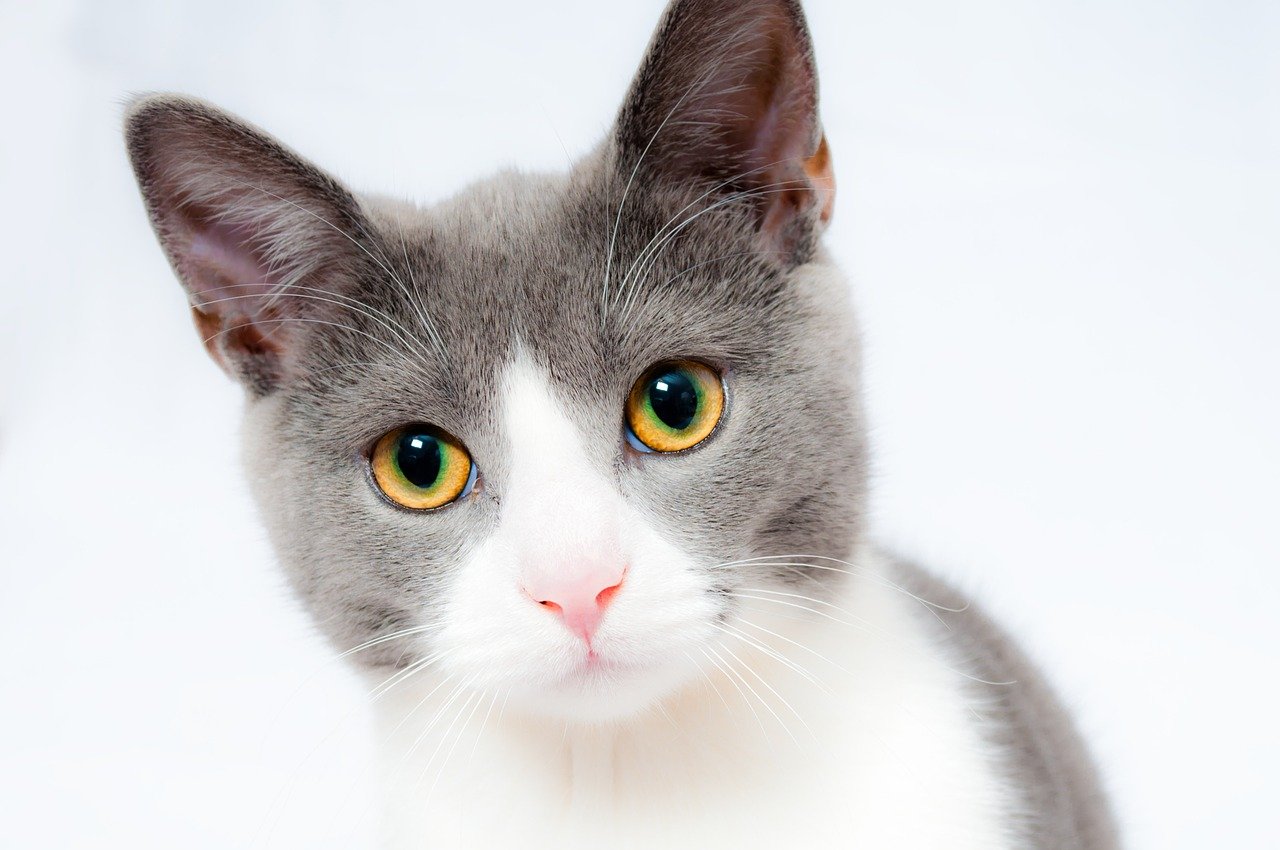
The environment in which a cat lives plays a crucial role in shaping its behavior. A stable and loving home can encourage older cats to become more affectionate. If a cat has experienced a nurturing environment throughout its life, it is more likely to develop a strong bond with its owner. Conversely, a cat that has experienced stress or instability may take longer to show affection, regardless of age. Providing a calm and loving atmosphere helps build trust and encourages a cat to be more open with its emotions.
Socialization and Interaction
Cats that have been well-socialized from a young age tend to be more affectionate in their later years. Regular interaction with humans and other pets helps cats develop a friendly and loving demeanor. Older cats that have had positive experiences with their owners are more likely to seek out affection, while those with limited socialization may remain more reserved. Socialization is key to building a loving relationship, and positive interactions throughout a cat’s life can lead to a more affectionate nature.
The Role of Play

Playtime is essential for a cat’s emotional well-being and can strengthen the bond between a cat and its owner. As cats age, they may prefer gentler forms of play, such as interactive toys or gentle petting. Engaging in regular play can enhance their connection with their humans and encourage affectionate behavior. Play is not just a source of entertainment for cats; it’s a way to build trust and affection, making it an integral part of a cat’s life.
Changes in Lifestyle
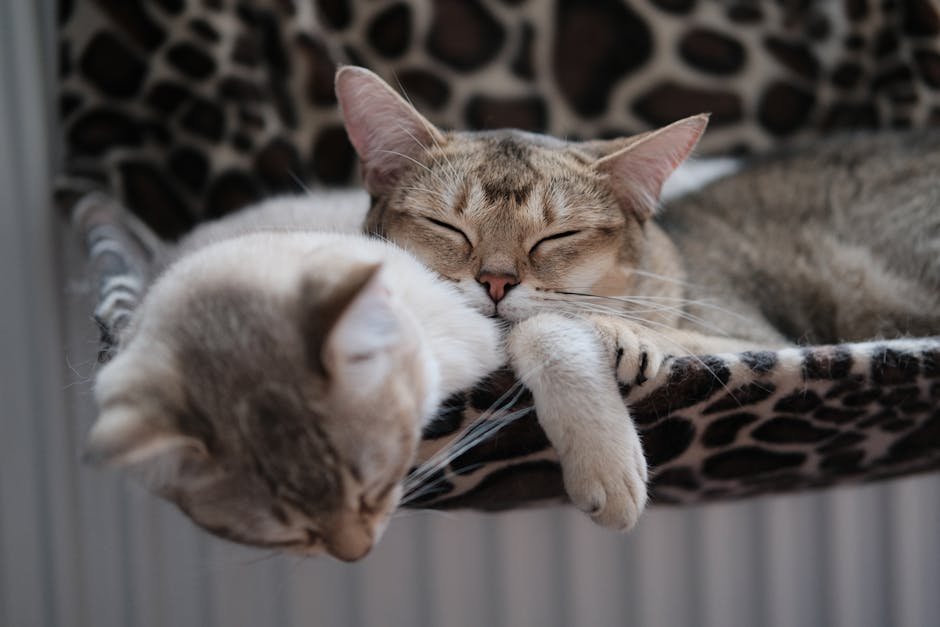
As cats transition from active young adults to more sedentary seniors, their lifestyle changes can influence their behavior. Older cats may spend more time lounging and seeking companionship, which can lead to increased affection. This shift in lifestyle creates opportunities for bonding moments, such as cuddling on the couch or sharing quiet time together. Just like humans, cats’ priorities change with age, leading them to appreciate the simple joys of companionship.
The Impact of Companionship
Many cats thrive on companionship, whether from humans or other pets. As they age, they may seek out more social interaction, leading to increased affection. If a cat has lost a companion, it may turn to its human for comfort, resulting in a stronger bond and more affectionate behavior as they navigate their feelings of loss. The presence of a loving companion provides a sense of belonging and security, which can lead to a more affectionate demeanor.
Understanding Body Language
As cats age, they become more attuned to their owners’ emotions and body language. This heightened awareness can lead to increased affection, as older cats learn to respond to their humans’ cues. Recognizing and reciprocating affection through gentle touches and soothing voices can further enhance this bond, making older cats more loving companions. Cats communicate in subtle ways, and understanding their body language is key to building a strong and affectionate relationship.
The Importance of Routine
Cats are creatures of habit, and establishing a routine can significantly impact their behavior. Older cats often find comfort in predictable schedules, which can lead to increased affection. When cats know what to expect from their day, they may feel more secure and relaxed, allowing them to express their love more freely. Routine provides a sense of stability, making it easier for cats to open up emotionally and show their affection.
The Effect of Aging on Behavior

As cats age, their behavior can change in various ways. Some may become more vocal, while others may seek out more physical affection. These changes can be attributed to a combination of physical and emotional factors, including the desire for companionship and comfort. Understanding these behavioral shifts can help owners adapt and respond to their cats’ needs, fostering a loving relationship. Just like humans, cats evolve with age, and their behavior reflects their changing needs and desires.
The Bonding Process
The bond between a cat and its owner is a unique journey that evolves over time. As cats age, they may become more aware of their owners’ presence and emotions, leading to a deeper connection. This bonding process can be enriched through shared experiences, such as grooming, feeding, and playtime, all of which contribute to increased affection. The bond between a cat and its owner is a testament to the power of love and companionship, growing stronger with each passing day.
The Influence of Nutrition

Proper nutrition is essential for a cat’s overall health and well-being. As cats age, their dietary needs change, and providing a balanced diet can positively impact their behavior. A well-nourished cat is more likely to feel good physically and emotionally, leading to increased affection towards their owners. Nutrition plays a vital role in a cat’s life, affecting their mood, energy levels, and overall disposition.
The Role of Health Care
Regular veterinary check-ups are crucial for maintaining a cat’s health as they age. Addressing any health issues promptly can improve a cat’s quality of life, making them more comfortable and affectionate. When cats feel good, they are more likely to express their love and appreciation for their humans. Health care is an essential aspect of a cat’s life, ensuring they remain happy and healthy as they grow older.
The Impact of Stress

Stress can significantly affect a cat’s behavior and overall demeanor. Older cats may become more sensitive to changes in their environment, leading to increased anxiety. Providing a calm and stable atmosphere can help alleviate stress, allowing older cats to feel secure and more affectionate towards their owners. Stress management is key to maintaining a loving and peaceful relationship with aging cats.
The Importance of Patience
Every cat is unique, and the journey to increased affection can vary from one feline to another. Some cats may take longer to warm up, while others may become affectionate quickly. Patience is key in building a loving relationship, allowing cats to express their affection in their own time. Understanding and respecting a cat’s individuality is crucial to nurturing a strong and lasting bond.
The Power of Routine Care
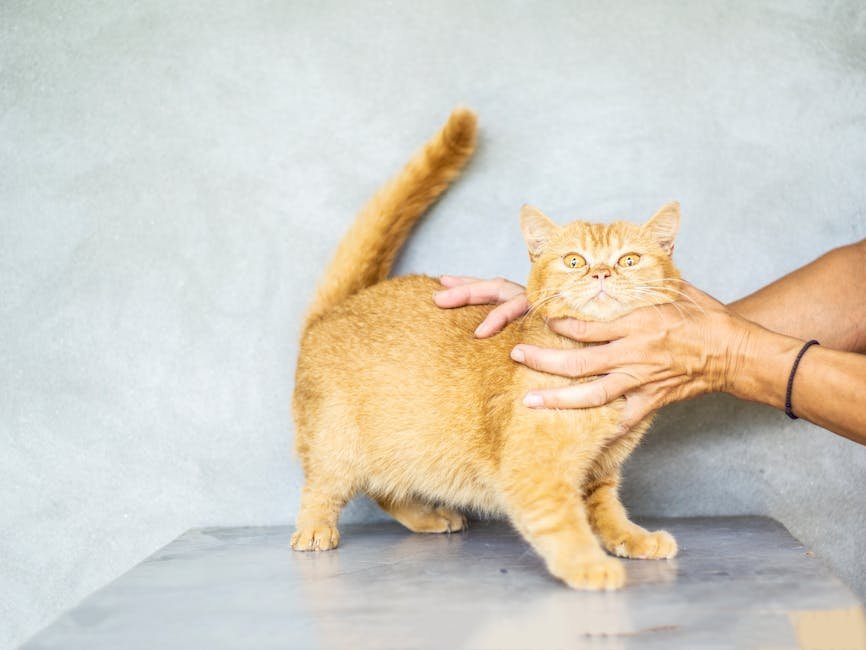
Routine care, such as grooming and regular petting, can enhance the bond between a cat and its owner. As cats age, they may appreciate the gentle touch and attention from their humans, leading to increased affection. Establishing a regular care routine can create opportunities for bonding and strengthen the emotional connection. Routine care is more than just maintenance; it’s a way to show love and build trust.
The Joy of Aging Together
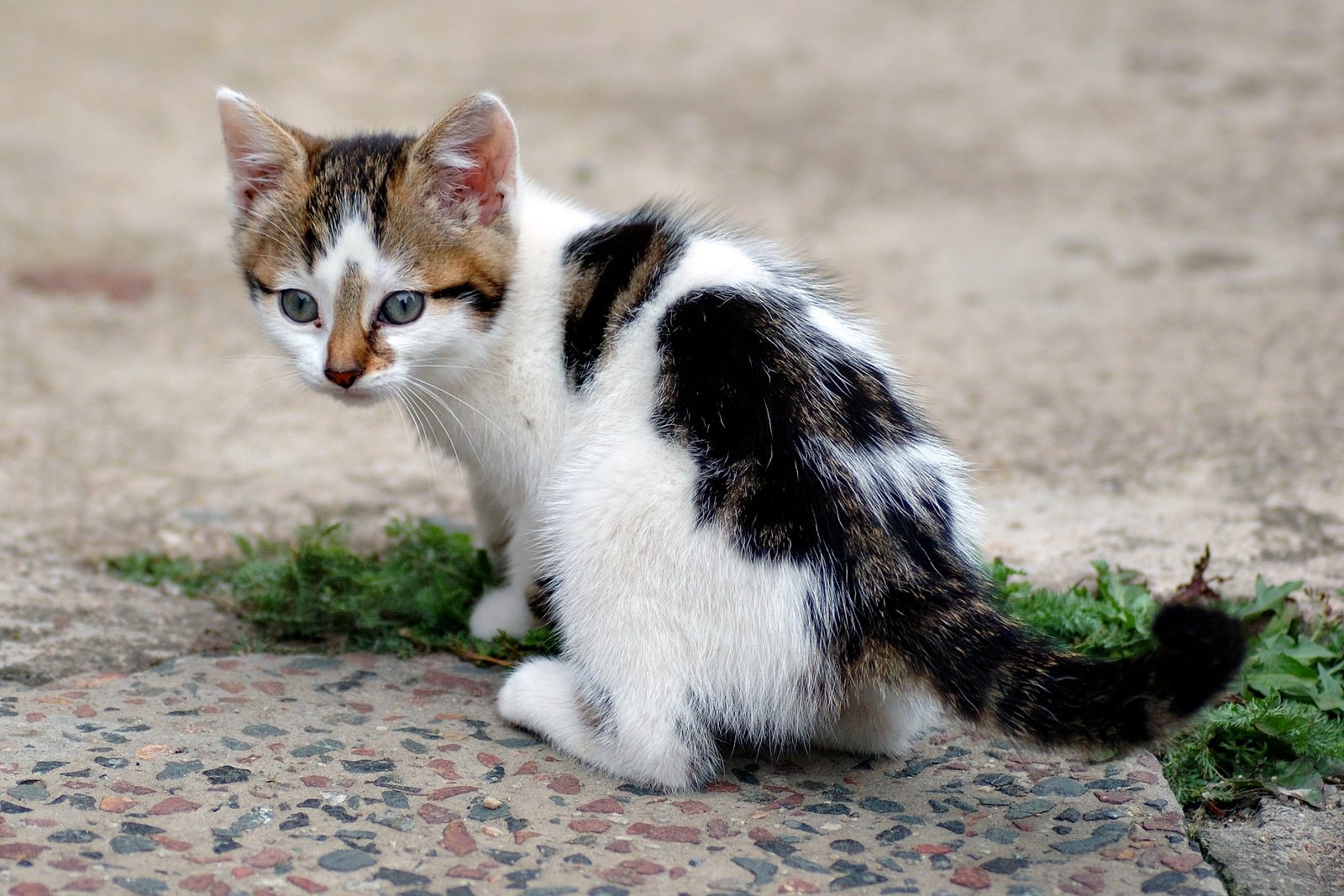
Aging with a cat can be a rewarding experience for both the feline and the owner. As cats grow older, they often become more affectionate, creating a deeper bond that can bring joy and comfort to both parties. Embracing the journey of aging together can lead to a fulfilling and loving companionship. The golden years of a cat’s life are a time of reflection and appreciation, celebrating the shared moments and memories.
Celebrating the Golden Years
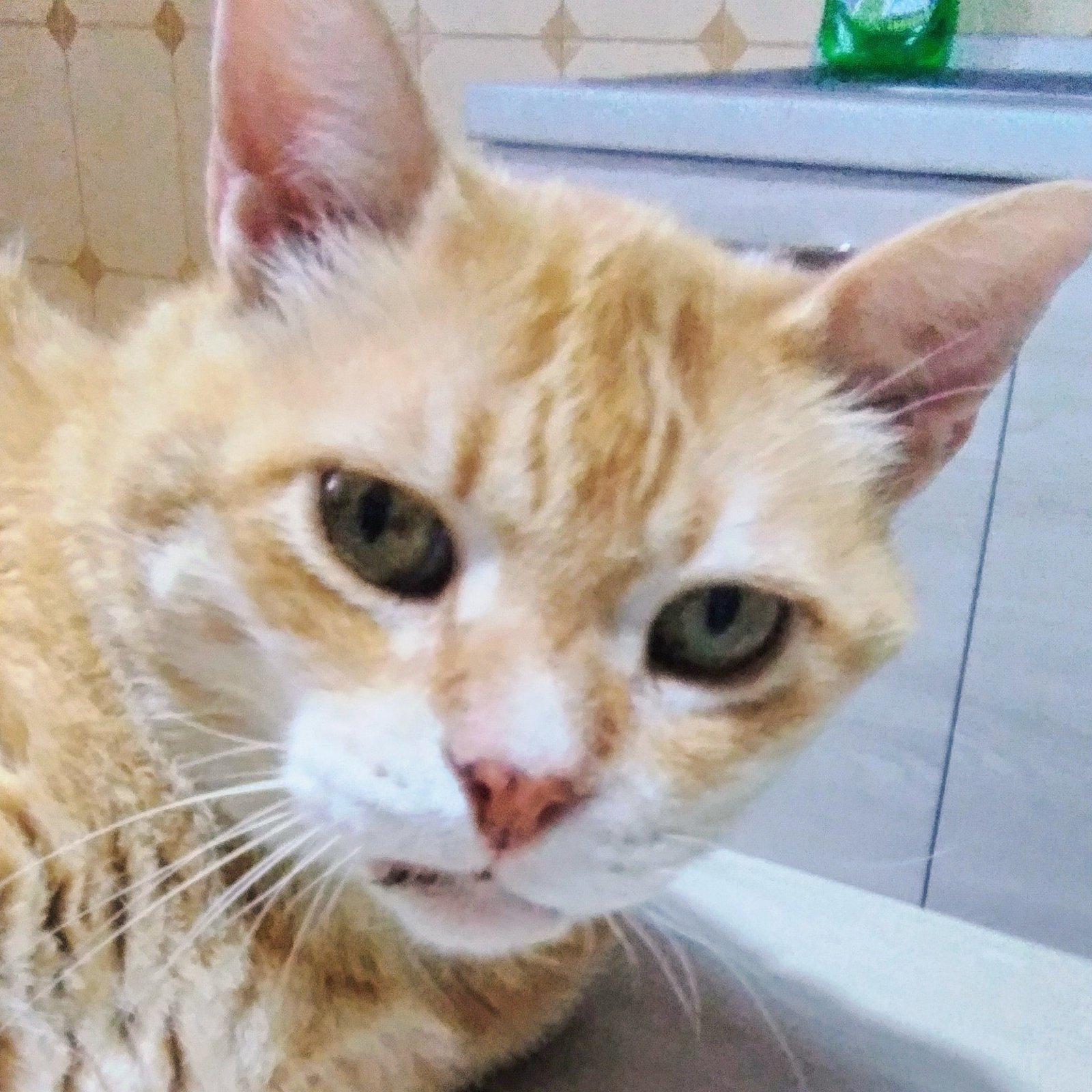
The golden years of a cat’s life can be some of the most rewarding for both the cat and its owner. Increased affection during this time can enhance the bond and create cherished memories. Celebrating the joys of aging together can lead to a fulfilling and loving relationship that lasts a lifetime. The journey of companionship is a beautiful adventure, enriched by the love and affection shared between a cat and its human.

Hi, I’m Bola, a passionate writer and creative strategist with a knack for crafting compelling content that educates, inspires, and connects. Over the years, I’ve honed my skills across various writing fields, including content creation, copywriting, online course development, and video scriptwriting.
When I’m not at my desk, you’ll find me exploring new ideas, reading books, or brainstorming creative ways to solve challenges. I believe that words have the power to transform, and I’m here to help you leverage that power for success.
Thanks for stopping by, Keep coming to this website to checkout new articles form me. You’d always love it!





